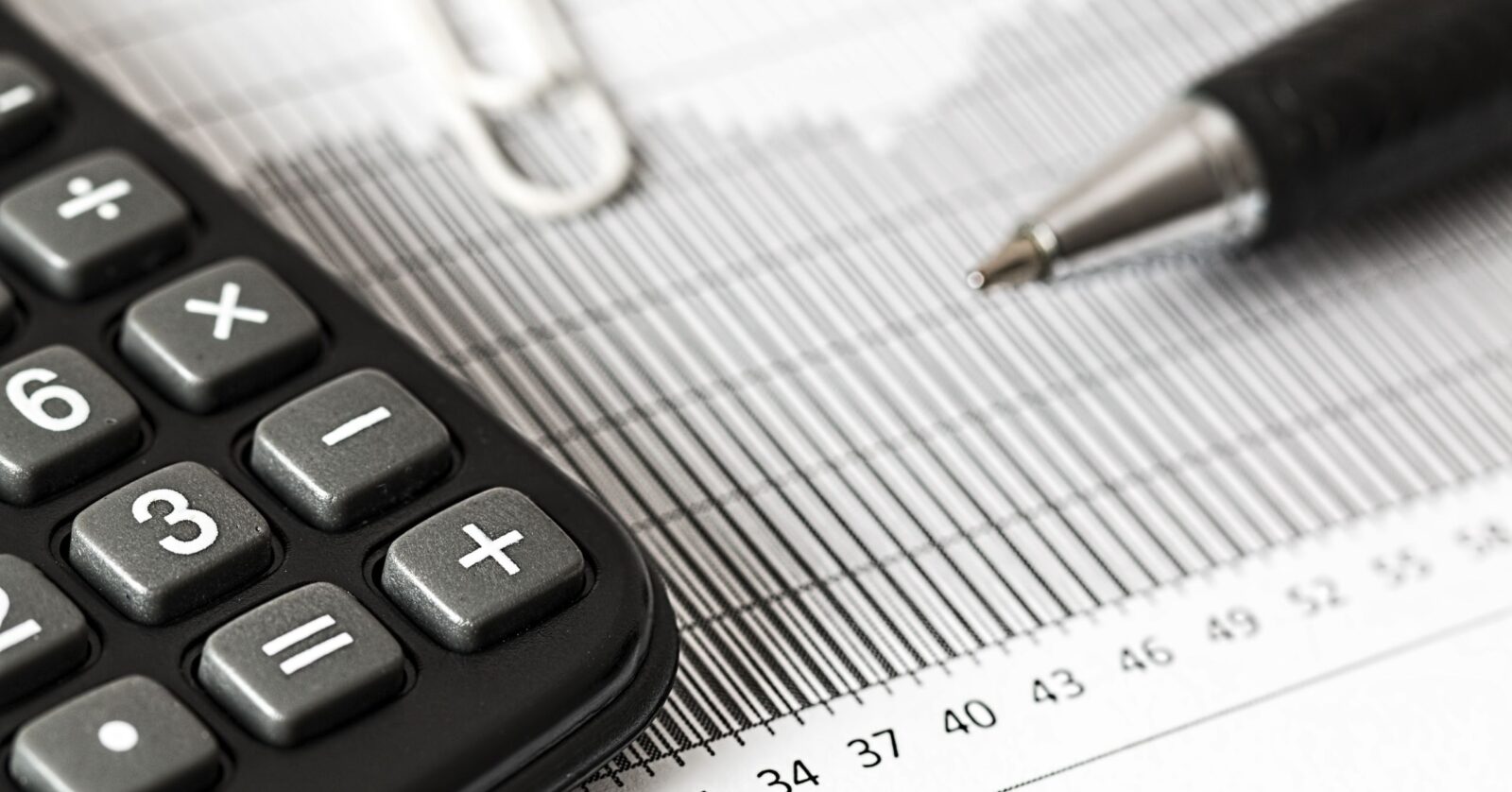Why the World Bank Lowered the Philippines’ GDP Growth Projection

The World Bank’s given gross domestic product (GDP) growth projection is lower than the projection made by the Philippine government and a step back from 2022’s expansion.
A country’s economic health is measured by its gross domestic product—or GDP, for short. According to the International Monetary Fund (IMF), it “measures the monetary value of final goods and services—that is, those that are bought by the final user—produced in a country in a given period of time (say a quarter or a year).” Furthermore, it “counts all of the output generated within the borders of a country.”
Simply put, GDP includes goods and services that are produced for sale in the market, but this can also include non-market production like education services that the government provides. That being said, if a country projects a good GDP, it means that it is economically healthy.
BusinessWorld notes in its report that the Philippine government’s GDP growth forecast is at 6 to 7%. However, the forecast made by the World Bank is below that. What’s more, the World Bank has trimmed down its gross domestic product (GDP) growth projection for the Philippines as of the first quarter of the year—lowered from 5.8% to just 5.6%, to be specific.
The report likewise notes that both projects are lower than the 7.6% expansion experienced last year.
Why was the Growth Forecast Lowered?
According to BusinessWorld, the growth forecast for the Philippines was lowered “as high inflation weighs on consumption.” To address this, World Bank Chief Economist for East Asia & Pacific Aaditya Mattoo believes that in order to fight against inflation, the country should address supply issues, especially domestic food supply constraints.
“To curb inflation, the central bank has raised borrowing costs by 425 basis points (bps) since May last year. This brought the benchmark rate to 6.25%—the highest in nearly 16 years,” BusinessWorld adds.
From the government’s side, it has made efforts to fight against inflation, which averaged 8.6% for the first two months of 2023. So far, inflation numbers have been down for 3 consecutive months, with the average rate in March at 7.6% and April at 6.6%. This meant that the average inflation rate from January to April to 7.9%.
“This is positive news. The recent inflation numbers indicate that we are on track to managing inflation to within target sometime in the fourth quarter, if not sooner, and near the midpoint of the target range of 2.0 to 4.0 percent by next year,” Finance Secretary Benjamin Diokno said.
How to Help Local Economic Growth
There are a couple of factors that can help the country despite the high inflation and lowered growth forecast. Aaditya Mattoo said in a virtual briefing that growth in the country will still be driven by domestic demand.
He likewise sees Increased public and private investments as driving factors for economic growth. In addition to that, the Chief Economist for East Asia & Pacific recommends that the government exert effort when it comes to improving tax policy and administration.
Boosting the Tourism Sector
BusinessWorld adds that Aaditya Mattoo believes that “A boost in the country’s tourism sector may also help soften the impact of slowing export growth amid weakening global demand.”
2022 saw 2.65 million international arrivals, which exceeded the target of the Philippine government. The numbers are expected to rise this year as more and more tourists regain confidence in traveling in order to go on their “revenge travels.”
With the tourism industry expected to bounce back, entrepreneurs are encouraged to explore business opportunities in its different sectors. These include tapping into health and wellness tourism, as well as tech that can enhance the guest experience, among others.




